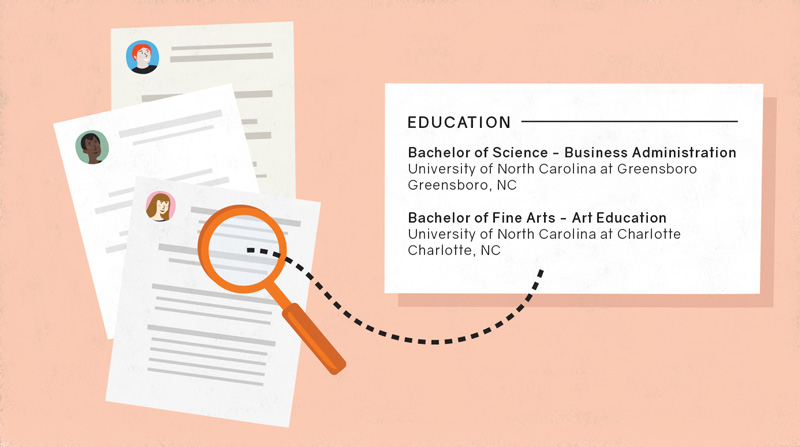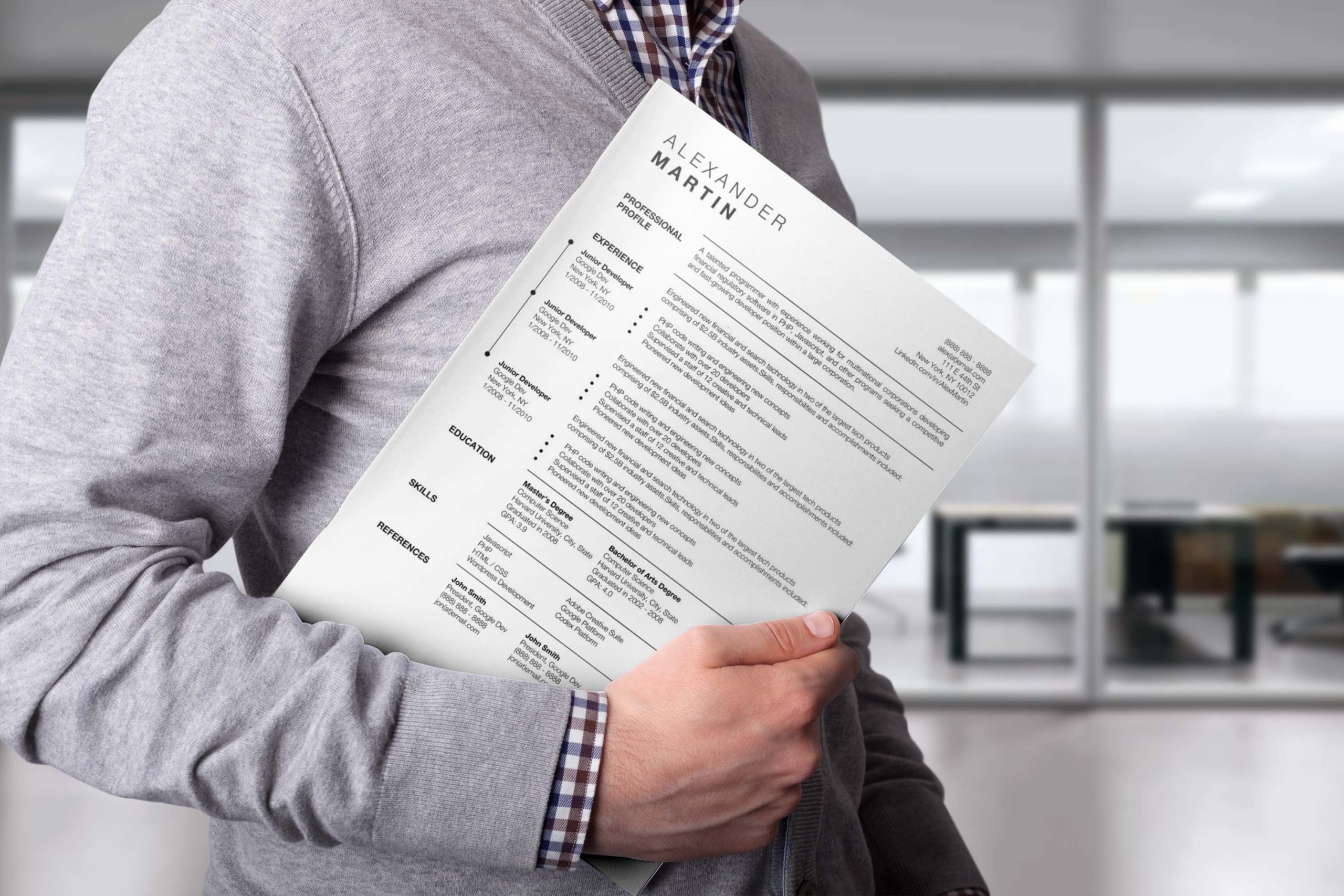10 Proven Tips to Make Your Resume Stand Out in the Job Market – When it comes to creating a resume, the formatting and layout are crucial in making a good first impression. The overall appearance should be clean, professional, and easy to read.
Use a standard font such as Arial or Times New Roman, and keep the font size between 10 and 12 points. Make sure to use consistent formatting throughout, including bullet points for lists and bold or italicized text for emphasis.
Additionally, be mindful of the overall length of your resume – it should ideally be no longer than two pages. In terms of layout, start with your contact information at the top of the page.
Follow it with a professional summary, work experience, education, skills, and any relevant sections like certifications or volunteer experience. Use clear headings and subheadings to organize the sections of your resume.
Finally, save your resume as a PDF to ensure that the formatting remains consistent. This will ensure that your resume looks professional on any device or operating system.
Tailoring Your Resume to the Job Description
One of the most important aspects of creating a successful resume is tailoring it to the specific job you are applying for. Carefully read and analyze the job description to understand the key requirements for the role.
Once you understand what the employer is looking for, you can then customize your resume to highlight your relevant skills and experiences. Make sure your resume aligns directly with the qualifications listed in the job description.
To tailor your resume effectively, start by customizing your professional summary or objective statement. Next, review your work experience and skills sections to ensure they are relevant to the job description.
By tailoring your resume in this way, you can show the employer that you have taken the time to understand their needs. This approach will demonstrate genuine interest in the position you are applying for.
Highlighting Your Relevant Skills and Accomplishments
In addition to tailoring your resume to the job description, it’s important to highlight your relevant skills and accomplishments. Be sure to include both hard skills (like technical abilities) and soft skills (such as leadership or problem-solving).
Use specific examples to show how you have successfully applied these skills in previous roles. This can effectively demonstrate your qualifications for the role you are applying for.
When showcasing your accomplishments, focus on quantifiable results. For example, instead of stating “increased sales,” provide specific numbers or percentages to show your impact.
Use action verbs to describe your accomplishments in a way that conveys initiative and achievement. By doing so, you can create a strong impression on potential employers.
Using Action Verbs and Quantifiable Results
When writing about your work experience and accomplishments on your resume, use action verbs and quantifiable results. Action verbs convey a sense of initiative and achievement, while quantifiable results provide evidence of your abilities.
Instead of passive language like “responsible for,” opt for verbs like “led,” “achieved,” or “improved.” This conveys a sense of proactivity and achievement in your past roles.
Including quantifiable results helps employers understand the scope and impact of your work. For example, stating “managed a team of 10 people” is more impactful than simply saying “managed a team.”
By using strong action verbs and backing up your achievements with measurable data, you can effectively convey your value to employers. This makes a compelling case for your qualifications.
Including a Professional Summary or Objective Statement
A professional summary or objective statement is an important component of your resume. This section should be tailored to the job you’re applying for and succinctly highlight why you’re a strong fit for the role.
If you have extensive experience, a professional summary can be an effective way to showcase your qualifications. If you’re early in your career, an objective statement can clarify your intentions and demonstrate your potential.
When writing this section, focus on your most relevant skills and experiences. Keep it concise, ideally no more than three or four sentences, and avoid using generic language or clichés.
Use this section as an opportunity to make a strong first impression on potential employers. Be confident in your abilities and show enthusiasm for the role you’re applying for.
Showcasing Your Education and Certifications

Your education and any relevant certifications are key components of your resume. Include the name of the institution, the degree earned, and any honors or awards you received.
If you’re early in your career, include relevant coursework or academic projects to highlight your skills. This is especially helpful for demonstrating your knowledge in a particular area.
In addition to education, any relevant certifications or professional development courses should be prominently featured. Certifications demonstrate your commitment to ongoing learning and professional growth.
Be sure to include the name of the certification, the issuing organization, and the date of completion. This adds evidence of your expertise and dedication to your field.
Proofreading and Editing for Errors
Once you’ve completed your resume, it’s crucial to proofread and edit for errors. Typos, grammatical mistakes, or formatting issues can detract from the professionalism of your resume.
Take time to review each section carefully, paying attention to spelling, punctuation, and grammar. Consider asking a trusted friend or colleague to review your resume for a fresh perspective.
Also, ensure that the overall clarity and coherence of your resume are intact. It should flow logically from one section to the next without abrupt transitions or gaps in information.
By thoroughly proofreading and editing your resume, you can ensure that it is error-free and polished. A well-crafted resume will leave a positive impression on potential employers.


